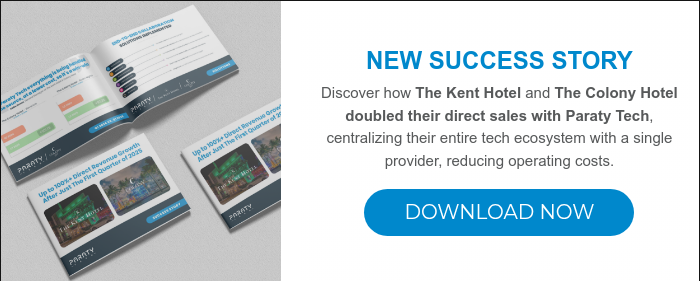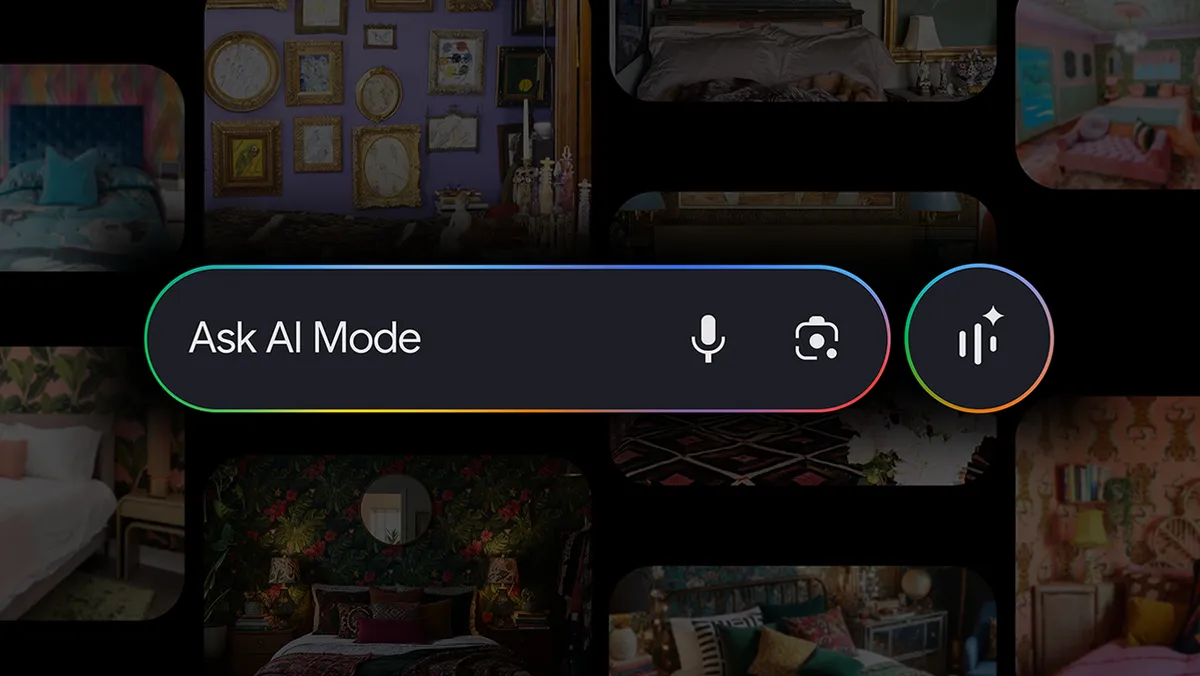The final hour has arrived... now what?
Revenue 15/07/2025Regardless of when you're reading this article, by "breaking news," you probably mean, like us, the current week or the next, and fortunately, you've practically sold out of both.
Or, on the contrary, as is common around this time of year, maybe "last-minute" is synonymous with "headaches that keep me at an uncomfortable level of uncertainty" (yes, cancellations are a nuisance for everyone). A context that makes you rethink and reformulate your strategy week after week, until this stifling heat and the dreaded trend of booking five hotels only to end up staying in one or none (who doesn't know a friend who does this) passes. The worrying thing is that you know that neither the heat will pass tomorrow, nor will this particular trend end anytime soon.
But what if we consider the "last minute" as a whole period? Summer, for example? Could we then develop a structural strategy that helps us make the most of a recurring situation characterized by cancellations and late sales of the last available units?
In this article, we want to suggest strategies you can use before you reach the dreaded "what now?" question. Disclaimer: We don't guarantee that you'll only have one or two rooms left to sell each day.

What works and what doesn't
The Paraty Tech account management team meets weekly to analyze current trends in the different markets where the hotels we work with operate. Over the past few weeks, we've been sharing the last-minute sales strategies they apply (weekly, monthly, or summer) in those markets. We won't give specific percentages today, but we will analyze offers that are working, those that aren't, and when they have the greatest impact. Take note!
What doesn't work:
- Not communicating : Lowering the price on the channel and not giving it visibility on the website or in the booking engine is risky, as some customers go directly to the engine and others visit the website and the offers section.
- Short notice : Working with little room for reaction is a bad idea.
- Restrictions : Maintain high minimum stays, create offers that apply only to alternate days, to certain room types, or to very specific rates... We recommend starting small and increasing, using the sales pitch.
- Unbookable dates : Block dates on your calendar to maintain minimum stays longer than the slots you have available.
- Disparities : By not being competitive in your direct channel, the actions you take will be less effective.
Each of these situations adds an exponential layer of difficulty to the customer's challenge when trying to find that bargain you've designed. They're like a kind of "Twister" for the advanced tourist.
What does work:
- Communicate an offer with its corresponding conditions : through a banner or pop-up on the website, highlighted within the booking process, Google Ads and/or Social Ads campaigns, newsletters, call center actions... The possibilities are almost endless.
- Advance notice : As we've already mentioned, last-minute bookings are common throughout the summer. You could, for example, offer an Early Booking offer on non-refundable or semi-flexible rates for the last week of August, which we know can be tricky.
- Eye-catching discounts : A simple 5% discount added to the non-refundable discount and/or associated with the Loyalty Club can sometimes add up to a 20% discount. Get into the habit of highlighting it.
- Analyze the restrictions : both those of the area and your own. Short-stay accommodations with an additional charge work very well as a differentiator in a competitive market with many restrictions.
- Pamper your calendar : adjust your blocks, make upgrades , and maintain linearity in your room listings. Entire weeks are still being searched, and if your entry room is full, you won't rank well in those searches.
- Business rules or automated last-minute offers : Depending on your occupancy and free cancellation period, plan this offer 2, 3, 5, or 7 days in advance (depending on your cancellation policy with a fee) with an attractive discount percentage.
- Simplicity : Avoid accumulating different combinations of requirements, promo codes, or non-direct booking actions. Keep it simple .
- Competitive advantages : If, despite all this, your price isn't at least at par, and assuming you've followed all the previous steps, it's worth correcting those differentials and keeping a tight rein on the suppliers who, to top it all off, are least helpful in this regard.
Other key recommendations
We often encounter offers and promotional activities that are only visible for a few days, or even a few hours a week. Below are some additional key recommendations to consider before launching your promotion:
- Analyze your demand
- Analyze your pickup
- Analyze the demand of the square
Through the following examples we will propose different strategies to help you define the Booking Window of your offer(s):
Hotel on the Almería Coast

First, we have the data for the last 90 days for a hotel located on the Costa de Almería. The green color shows the booking engine searches that returned results (no restrictions, no closures, etc.), and the black color shows the reservations made by day of the week. Clearly, we see that:
- The peak bookings and highest number of searches coincide with the Monday-Thursday period. This is also the period with the best conversion rates and greatest consistency over time.
- Demand for this hotel is growing as we approach the peak season, and booking volume is matching this growth.
- If we take out the magnifying glass and, in addition, cross-reference the data with the hotel's travel window, we can know at what time of the week July or that last fortnight of August that we mentioned earlier are booked, since a reservation for any weekend in May is not executed in the same way as a full-week reservation for August (a one-night reservation at €65 is decided and executed quickly, while a €2000 purchase that will probably be your only week of vacation and rest of the year, is considered more calmly).
- It's through analysis of this nature that we'll be able to discover why the Friday night offer isn't working and why we should launch it Monday through Thursday.
Holiday hotel in Tenerife

In this second case, we take as an example a holiday hotel in Tenerife, whose booking peaks from Wednesday to Friday.
Holiday hotel on the Costa del Sol

Finally, a resort hotel on the Costa del Sol has seen a pickup rate that has gradually and steadily increased over the past three months, with specific actions that have increased traffic or conversion.
If, as we mentioned before, we analyze the same period (last 90 days) with a specific travel window, August in this case, we see how June is the turning point when it comes to booking this month.
Could it be that he under-promoted (or didn't do much) early booking? Was he in a last-minute rush in June? Did he launch one-off offers that have uneven performance?

Conclusions
To summarize, we advise you to do this same detailed study on the rest of your distribution channels:
- Analyze the behavior of your hotel's different source markets.
- Find out how your destination is “moving.”
- Don't underestimate market trends in your area: customer behavior is influential, as is their willingness to buy.
- With the data in hand, design your campaigns clearly, communicate them with great fanfare, and take care of any details that could hinder bookings.




















